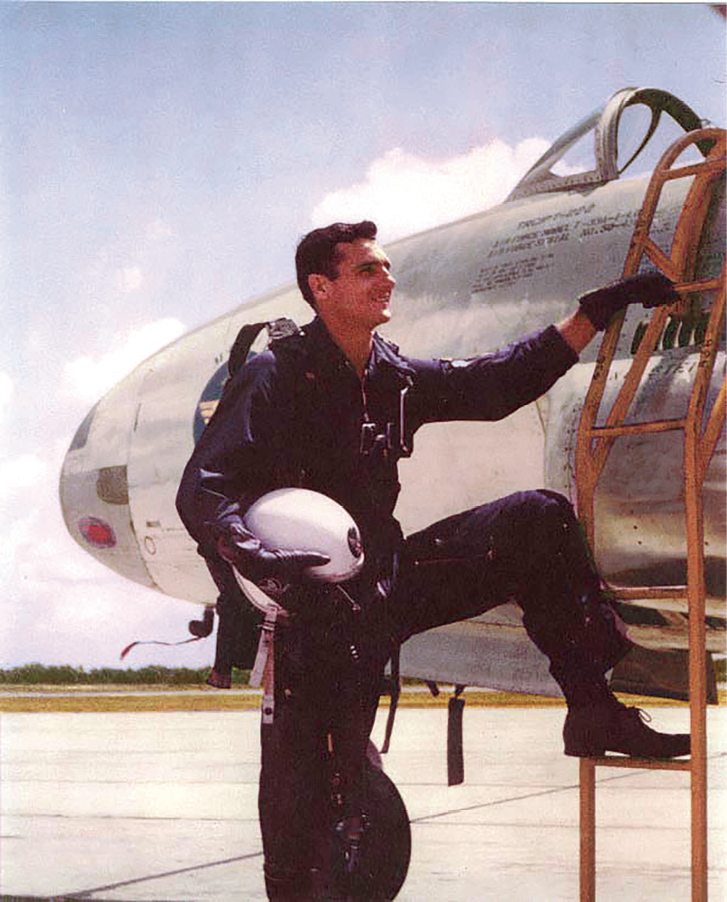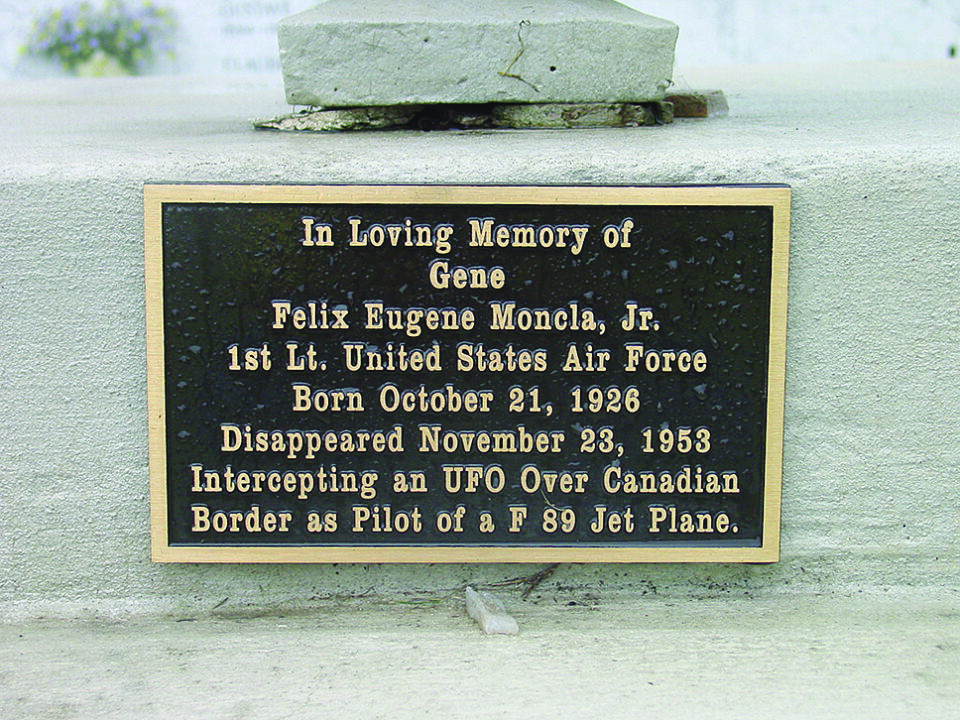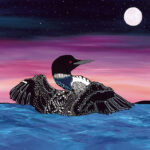Are we alone in the universe? Are extraterrestrials spying on us? Just what are those unidentified flying objects (UFOs) in our skies? In recent years, these kinds of questions are in the spotlight again, including news about the U.S. House Oversight Committee’s national security subcommittee hearing on UFOs on July 26, 2023.
Back in the late 1940s, the popular name for unidentified flying objects was “flying saucers.” Then it evolved into UFOs, and in December 2022 the U.S. government renamed them UAPs, an acronym for “unidentified anomalous phenomena” (but many people still refer to them as UFOs).
Two years ago on June 25, 2021, the Office of the Director of National Intelligence released an unclassified nine-page Preliminary Assessment: Unidentified Aerial Phenomena defining UAPs as “airborne objects not immediately identifiable.” The report’s Executive Summary noted that some UAPs “reportedly appeared to exhibit unusual flight characteristics” and “clearly pose a safety of flight and may pose a challenge to U.S. national security.”
Seventy years ago, in 1953, was it a UAP (then called a UFO) that flew over Lake Superior, leading to the disappearance of a U.S. Air Force F-59 Scorpion jet and its two pilots?
On the evening on November 23, 1953, radar operators at the Kinross U.S. Air Force Base detected a UFO, flying at about 500 mph over the Soo Locks in restricted airspace a few miles south into Michigan. In response, an F-89 Scorpion jet—piloted by Lieutenants Felix “Gene” Moncla, Jr. and Robert Wilson—was dispatched to intercept the object.
The fighter-interceptor jet reached 30,000 feet, flying across Lake Superior to catch up to the UFO. Guided by radar operators at the base for about 30 minutes, the F-89 descended to 7,000 feet about 100 miles north of Kinross over Lake Superior in Canadian waters.
Then, a strange thing happened. The two blips—the UFO and the F-89 Scorpion—appeared to ‘merge’ and become a single radar blip. At the same time, the jet’s radar and radio communication stopped. The UFO blip flew off in another direction, while the jet blip had disappeared.
An extensive search covering about 29,000 square miles was carried out by Canadian and U.S. search teams. Five days later on November 28, the search was called off. The F-89 Scorpion with its two-man crew had vanished after radar showed it merged with the UFO. Today, the disappearance remains a mystery.

A memorial plaque for Felix Eugene “Gene” Moncla, Jr. (1920-1953) at the Sacred Heart Cemetery in Moreauville, Louisiana includes the words, “Disappeared November 23, 1953, Intercepting a UFO Over Canadian Border as Pilot of a F-89 Jet Plane.”
So, what’s the connection between a Duluth-born scientist and the UFO story? Well, Dr. James Edward McDonald, born on May 7, 1920, in Duluth, became an internationally known and respected physicist who believed UFOs were real.
At the time of his mysterious death in 1971—an alleged suicide in the desert—the 51-year-old Dr. McDonald was Senior Physicist at the Institute of Atmospheric Physics at the University of Arizona, as well as a professor in its Department of Meteorology. He had been appointed in 1956, three years after the UFO Kinross incident over Lake Superior.
In the 1950s and 1960s, he challenged government reports on UFOs, and campaigned in support of expanding UFO studies. He believed UFOs were real and probably came from outer space on reconnaissance missions. He felt the U.S. Air Force was “blissfully unaware of the serious problem that it had on its hands.”
In his written “Statement on Unidentified Flying Objects” submitted to the U.S. House Committee on Science and Astronautics at the Symposium on Unidentified Flying Objects on July 29, 1968, he wrote:
“The possibility that the Earth might be under surveillance by some high civilization in command of a technology far beyond ours must not be overlooked in weighing the UFO problem. I am one of those who lean strongly towards the extraterrestrial hypothesis.”
Dr. McDonald noted in the report that he shared the view of the former American CIA Director, Vice-Admiral R. H. Hillenkoetter, which was “it is imperative that we learn where the UFOs came from and what their purpose is.”
In 1969, McDonald was the speaker at the American Association in the Advancement of Science, UFO Symposium. He delivered a lecture, “Science in Default,” about some UFO cases defying conventional science interpretations. Jerome Clark, a well-known ufologist from Canby, Minn. called the lecture “one of the most powerful scientific defenses of UFO reality ever mounted.”
In the authorized biography Firestorm: Dr. James E. McDonald’s Fight for UFO Science (2003) by author Ann Druffel, he is referred to as “one of the great unsung heroes of American science” and “among great pioneers in ufology.”
In her book, Druffel documents strange happenings surrounding McDonald in his final years. These include a missing briefcase containing UFO papers and interview tapes that were later returned after having being rummaged through, stolen UFO slides, and instances of unmarked cars with no license plates following him. Druffel also writes about his mysterious ‘alleged’ suicide, noting that “the circumstances of his death have led to speculation in the UFO community that perhaps it was not self-induced.”






